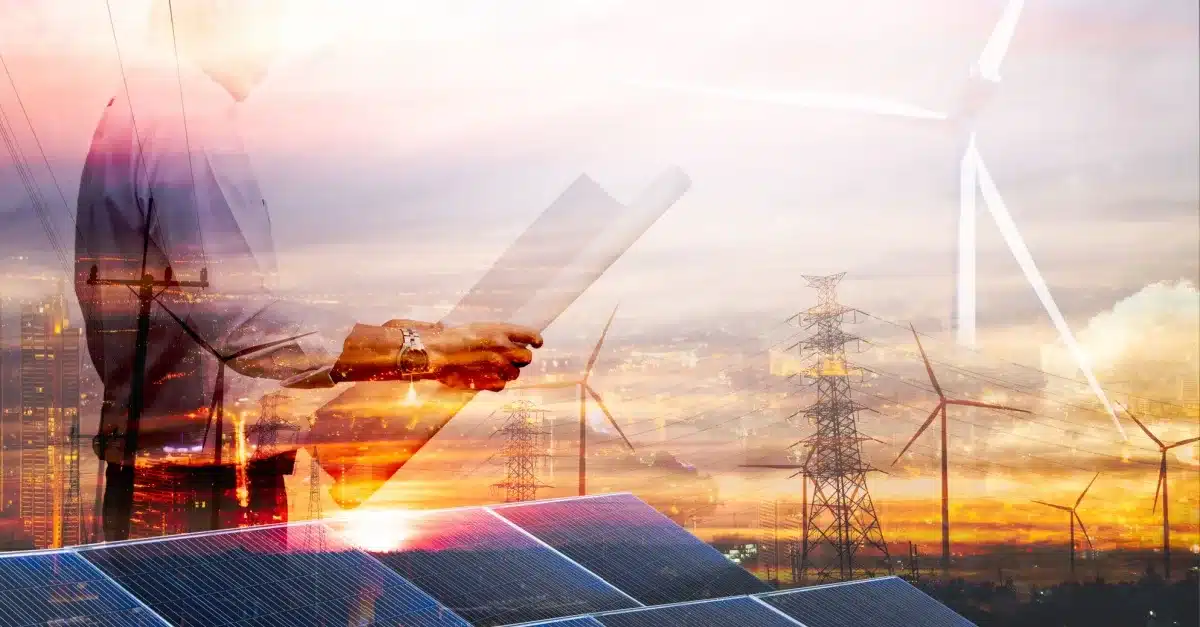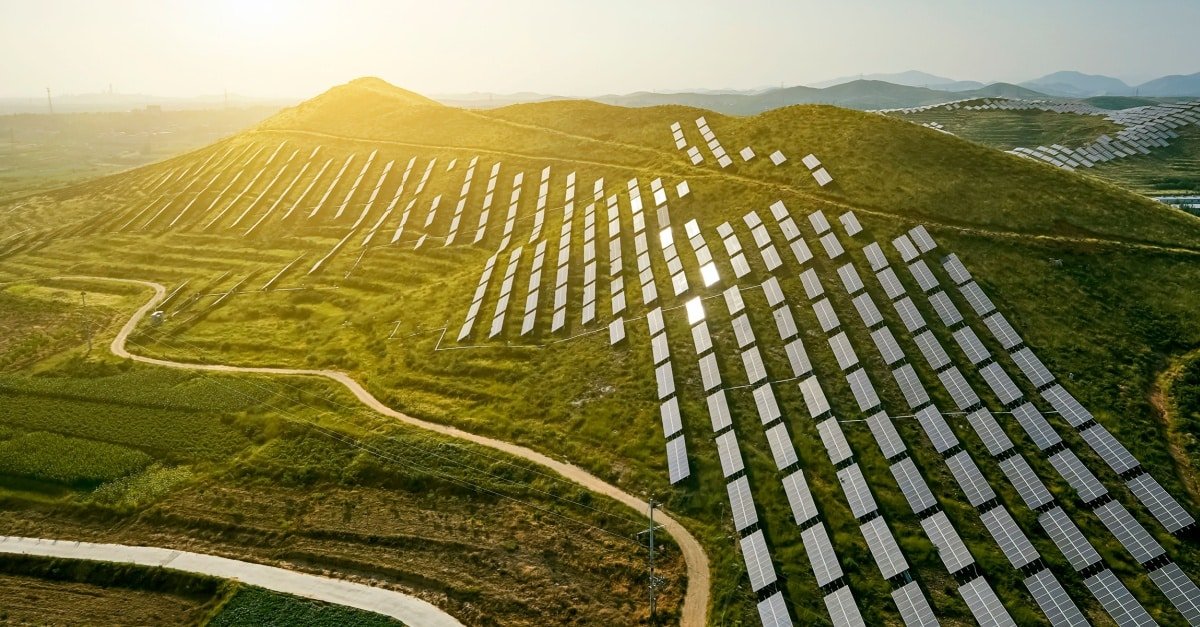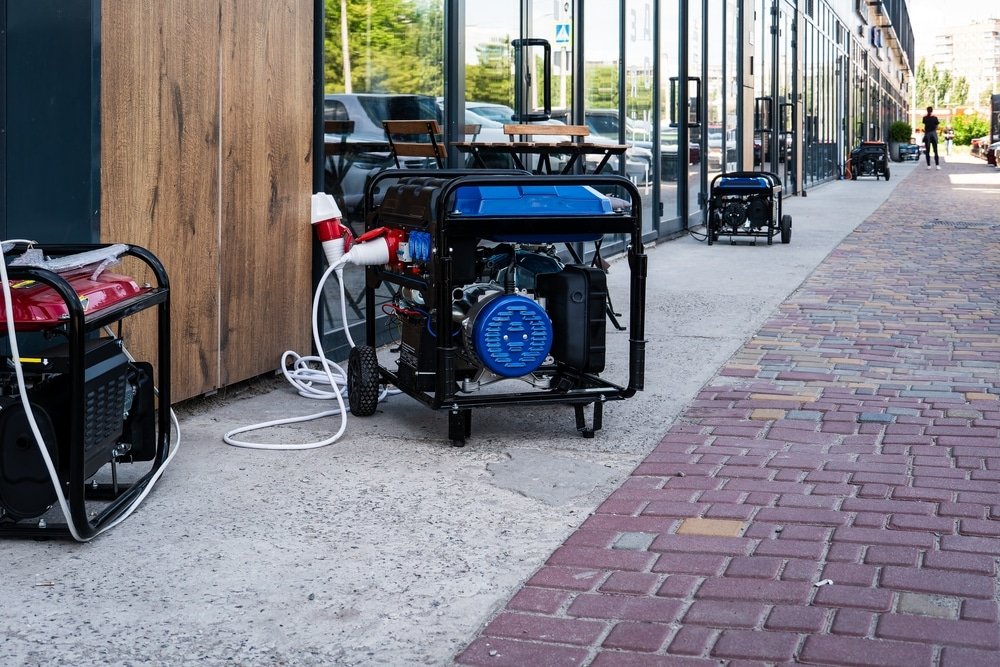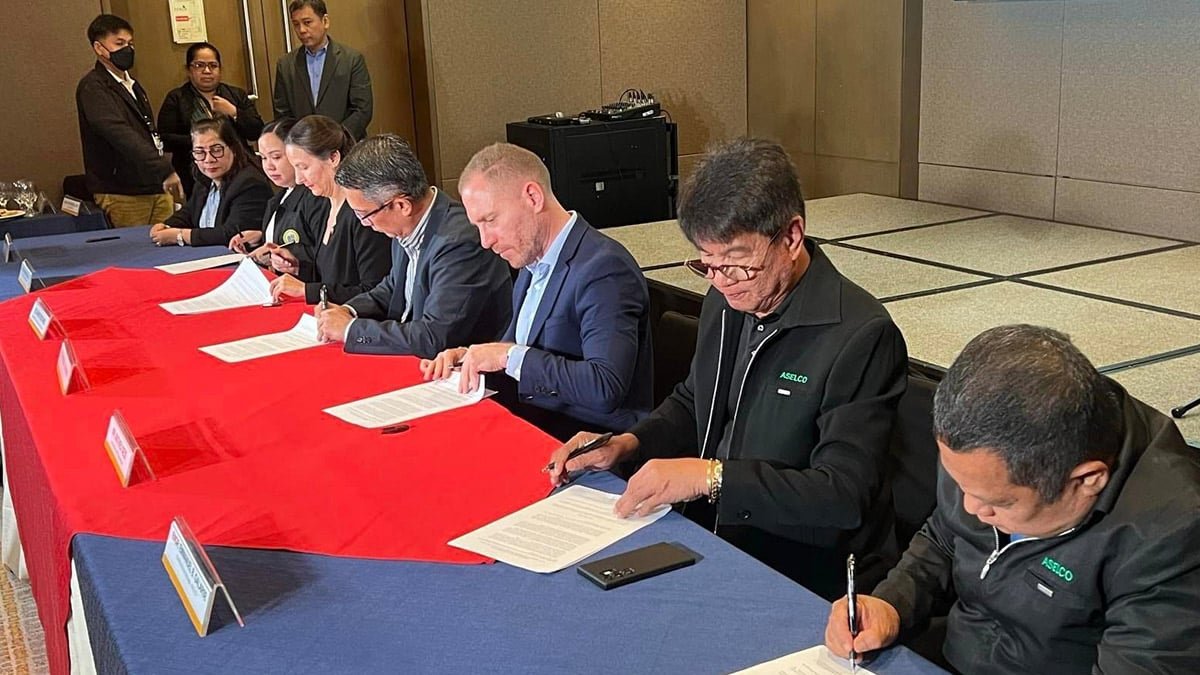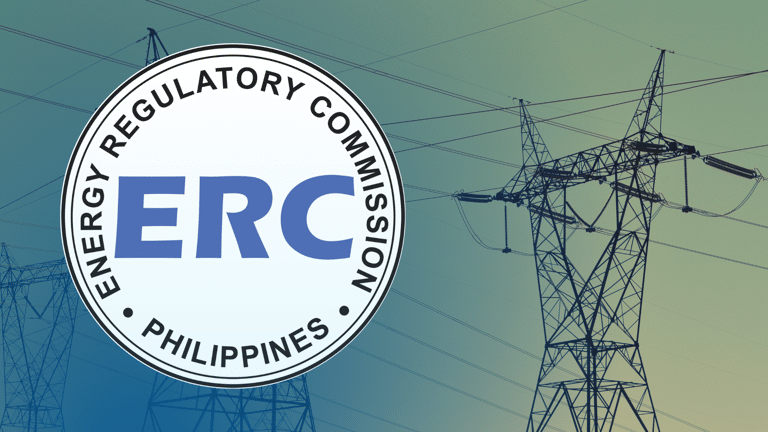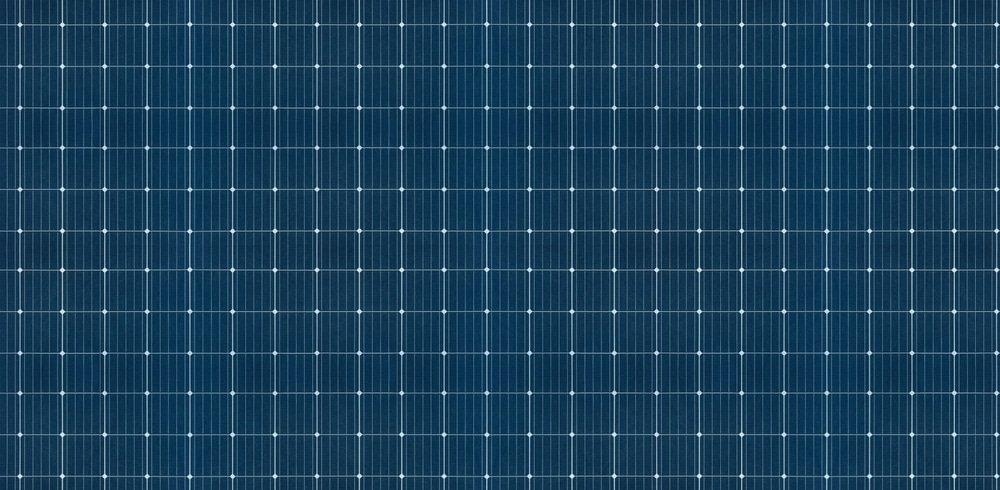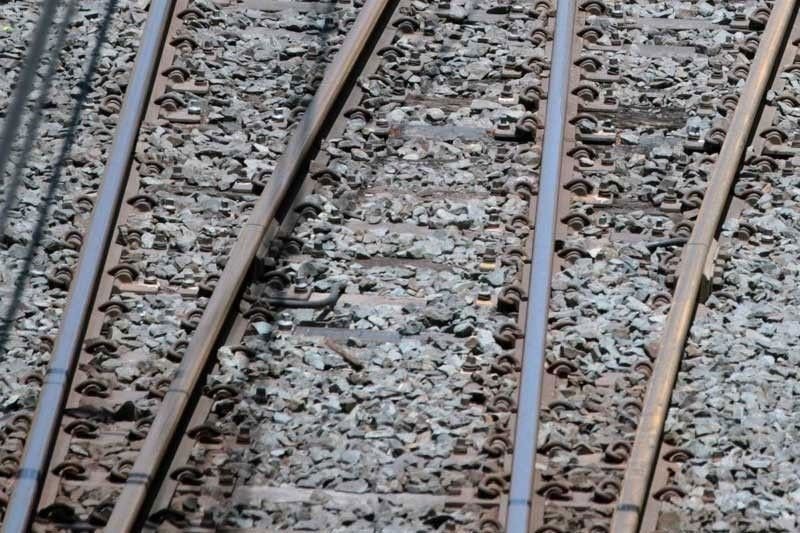
Heatwaves, torrential rains, rising sea levels, seasons starting too early or ending late…it seems the earth is not as friendly to human life as it was before.
The changes in the environment are signs of a climate crisis and it’s making parts of the earth increasingly less habitable.
Let’s take a closer look at how this is happening today.
Loss of biodiversity
We can take our cue from flora and fauna. Certain plants, animals, bacteria, and other organisms show a marked reduction in their population with some species being wiped out altogether.
Although some biodiversity loss, or biological diversity loss, occurs naturally, scientists note that largely, human activity is to blame. Actions such as clearing areas of trees to build agricultural farms, harvesting natural resources, or polluting the air when we use fossil fuels to drive, cook, and cool our homes all contribute to this.
When the population of a species is reduced or dies out, it leads to a breakdown of the ecosystem we rely on for our food, the air we breathe, the water we drink, and our lifestyles.
Pollution
According to a recent study, emissions from coal-fired power plants and gas- and diesel-powered transportation are responsible for 51-78% of pollution. Aside from posing real health risks, pollution causes global warming or the trapping of heat in our atmosphere. This leads to biodiversity loss and extreme weather changes.
The World Economic Forum says that if we continue on the path of polluting the earth with emissions, historically rich ecosystems like the Amazon will become barren, tropical countries like the Philippines will become too hot to live in, and the countries near the poles will become tropical.
If you’re not too concerned about temperatures, remember that this impacts our food security because crops grow well only under particular conditions. As David Wallace-Wells, author of The Uninhabitable Earth, stated in an interview with Vox magazine: “I say the planet has been warmer than that in the past, but it was long before human beings appeared. No humans have walked the earth in a climate as warm as this one. I’m not sure humans would have evolved in the first place in a climate such as this, and I’m even less sure civilization, as we know it, would have evolved. Because the parts of the world that gave rise to those developments, agriculture and civilization — that is, the Middle East — are now so hot that it’s hard to grow crops.”
The climate crisis is endangering our food security, our homes, and our health. The solution is to cut emissions and shift to renewable energy
Mitigating climate change with renewable energy
Adopting renewable energy, such as solar, wind, and hydro, can significantly cut our emissions. Here’s how.
It can replace fossil fuels. If we no longer need to burn fossil fuels for energy, we can also get rid of greenhouse gasses.
It minimizes waste. Modern wind turbines and solar panels are technologically-advanced to generate energy efficiently with minimum waste.
It is local. Renewable energy can be produced locally, reducing the need for long-distance transport of energy.
Mindanao leads the integration of renewable energy in the Philippines. As of October 2023, Mindanao had already exceeded its targets for 2030 with 39% renewable energy mix (the 2030 target is 35%).
Where we source our energy matters because it can make our life on earth pleasant and comfortable or hot and desperate. With renewable energy, we can improve the way we live now and how our children and their children will live theirs.
Renewable energy provides a cleaner and sustainable alternative to fossil fuels. By cutting emissions, renewable energy helps us protect our biodiversity and reduce pollution, thereby securing the future of humans on earth.
References:
Biodiversity loss | Causes, Effects, & Facts | Britannica
Explainer: What Is Biodiversity Loss? | Earth.Org
Where We’ll End Up Living as the Planet Burns | TIME
Renewable Energy Is Slowing the Rise of Carbon Emissions | Smithsonian (smithsonianmag.com)

